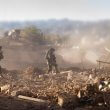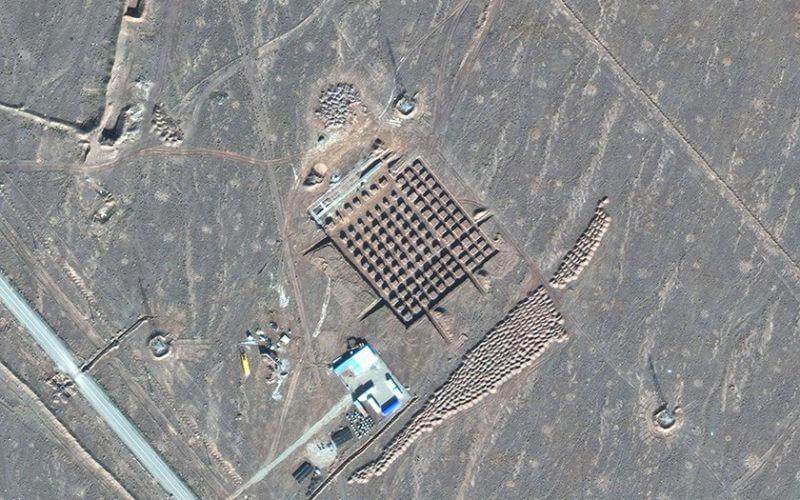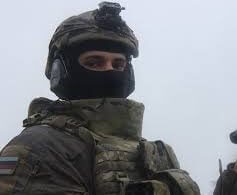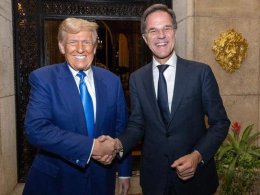New construction at Fordo, Iran’s underground nuclear facility, was identified through satellite images provided to the Associated Press Friday, indicating the changing landscape of Iran’s nuclear capabilities.
“Any changes at this site will be carefully watched as a sign of where Iran’s nuclear program is headed,” said Dr. Jeffrey Lewis, an expert at the James Martin Center for Nonproliferation Studies at the Middlebury Institute of International Studies.
Details about the building under construction at Fordo are unknown and Iran's regime has yet to acknowledge any new construction at the site.
Iran’s mission to the U.N. Alireza Miryousefi responded that Iran’s actions are “in line with (the nuclear deal)” while saying that Iran’s “current activities…can and will be immediately reversed upon the other parties, including the U.S., come into full compliance with what was agreed upon, in particular on removing sanctions,” he said to the AP.
The International Atomic Energy Agency’s inspections ensure “none of Iran’s nuclear activities are secret,” according to Miryousefi.
“As long as they declared to the IAEA in the proper time frame, there’s no prohibition on putting things underground. For me, the real red line would be if the Iranians started to stonewall the IAEA,” said Lewis in October when Iran began similar construction at its Natanz nuclear facility.
The Trump Administration withdrew from the deal in 2018 in part because the mechanisms for inspecting Iran’s nuclear facilities were too weak and allowed for loopholes that Iran could manipulate.
The White House stated that “the Iranian regime did not come clean about its nuclear weapons activity” and “entered the JCPOA in bad faith.”
When the Iran Deal was signed in 2015, Iran agreed to restrict its Fordo nuclear facility to “a nuclear, physics, and technology center,” rather than a site for enriching uranium; however, experts suggest that Iran never complied with this agreement, maintaining all materials necessary to create weapons-grade enriched uranium.
As of October, experts predict that Iran has the capacity to produce a nuclear weapon in as short a time as three months and has enough low-enriched uranium to produce at least two nuclear weapons.










